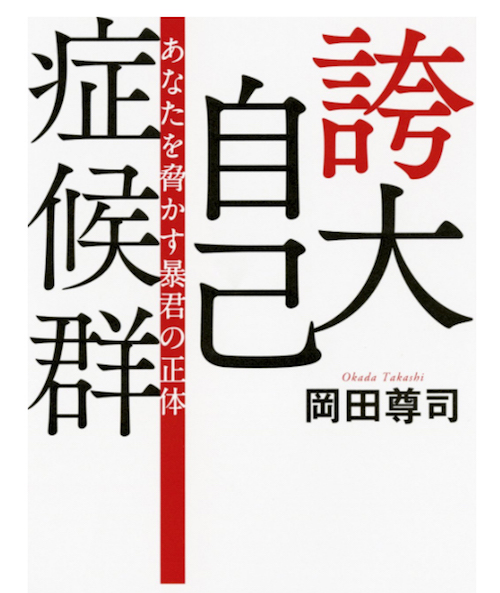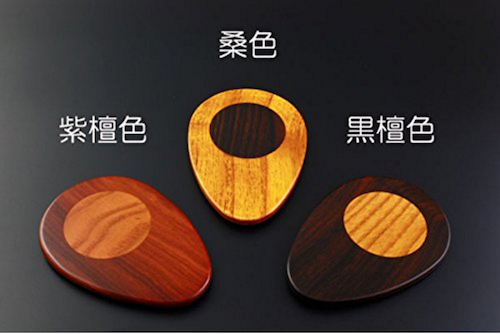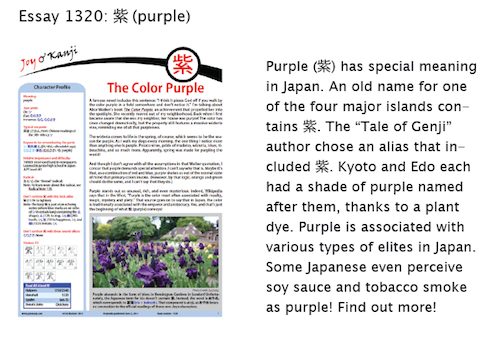One's True Colors
If I were to concoct a kanji compound meaning "one's true colors," I'm pretty sure I would approach the coinage in a literal-minded way, using 色 (color). Instead, I keep encountering a term with that definition, and that word is colorless, in that it lacks 色. By contrast, I've run into a -色 word that looks like it would have everything to do with color but may not. Color me surprised!
Here's the first term I mean:
正体 (しょうたい: one’s true colors) authentic + form, shape
Working from the meanings of each kanji, I might have thought that this term was about attaining the proper (正) body (体). However, these characters combine idiomatically to mean "who one really is."
Twice in recent months, I've posted essays that include 正体. First, essay 1233 on 誇 (to be proud; brag; exaggerate) showcases this book:
Here's how the title translates:
「誇大自己症候群 あなたを脅かす暴君の正体」
The Syndrome of the Exaggerated Self:
The Truth About the Tyrant Who Threatens You
誇大 (こだい: exaggeration);自己 (じこ: self); 症候群 (しょうこうぐん: syndrome); 脅かす (おどかす: to threaten); 暴君 (ぼうくん: tyrant);
The title may be referring to the tyrannical behavior of a narcissist. Or the “tyrant” in this case may be a widespread syndrome that has too many people in its grip, making them childish, unempathic, and lost in a fantasy world.
In addition, essay 1080 on 嚇 (threat; intimidation) features this book:
Here's a way to understand the title:
「世界を威嚇する軍事大国・中国の正体」
The True Colors of China, a Major Military Power Threatening the World
世界 (せかい: world); 威嚇 (いかく: threat); 軍事 (ぐんじ: military affairs); 大国 (たいこく: major powers); 中国 (ちゅうごく: China)
The author argues that China refuses to stop its military expansion, particularly in the South China Sea. Furthermore, China’s relations with the United States are becoming dangerously explosive. As China expands, the world is increasingly volatile. The author asks how Japan should oppose China and protect itself.
Whereas I included those 正体 titles in essays, the next sample sentence didn't make the cut when I posted essay 1518 on 桑 (mulberry):
お風呂場の内装部には桑色の木目調のデザインを使用。
The woodgrain pattern of mulberry is used to decorate bathrooms.
風呂場 (ふろば: a room for bathing); 内装部 (ないそうぶ: interior); 木目調 (もくめちょう: woodgrain); 使用 (しよう: use)
The word 桑色 (くわいろ: light yellow) usually represents a color, one that appears in this image in the new essay 1320 on 紫 (purple), as well as in essay 1518:
The middle object is as yellow as a mulberry, as 桑色 indicates. But in the sentence above, 桑色 may have nothing to do with a color. As I learned, 色 can also mean “a look." So 桑色の木目調のデザイン could mean "a woodgrain design like that of the mulberry tree." Then again, it's likely that the wood is light yellow. How confusing!
With all these color issues afoot, let me present a Quick Quiz. What do you think this term could mean:
色分け (いろわけ) color + division
a. racial profiling
b. racial segregation
c. color coding
d. the ability to distinguish between colors
I'll block the answer with a sneak preview of essay 1320 on 紫:
The answer is c. That is, 色分け (いろわけ: color + division) means "color coding." Let's say you use Post-Its of different colors as part of a classification scheme. That's 色分け.
Answer d (the ability to distinguish between colors) is false but relates to a video I just saw about how various civilizations and peoples have named colors differently and why. I enjoyed the first half but found the rest quite wonky. (I don't think I've ever used the word "wonky" before!)
And with that I wish you a good and unwonky weekend!
*****
Did you like this post? Express your love by supporting Joy o' Kanji on Patreon:






Comments